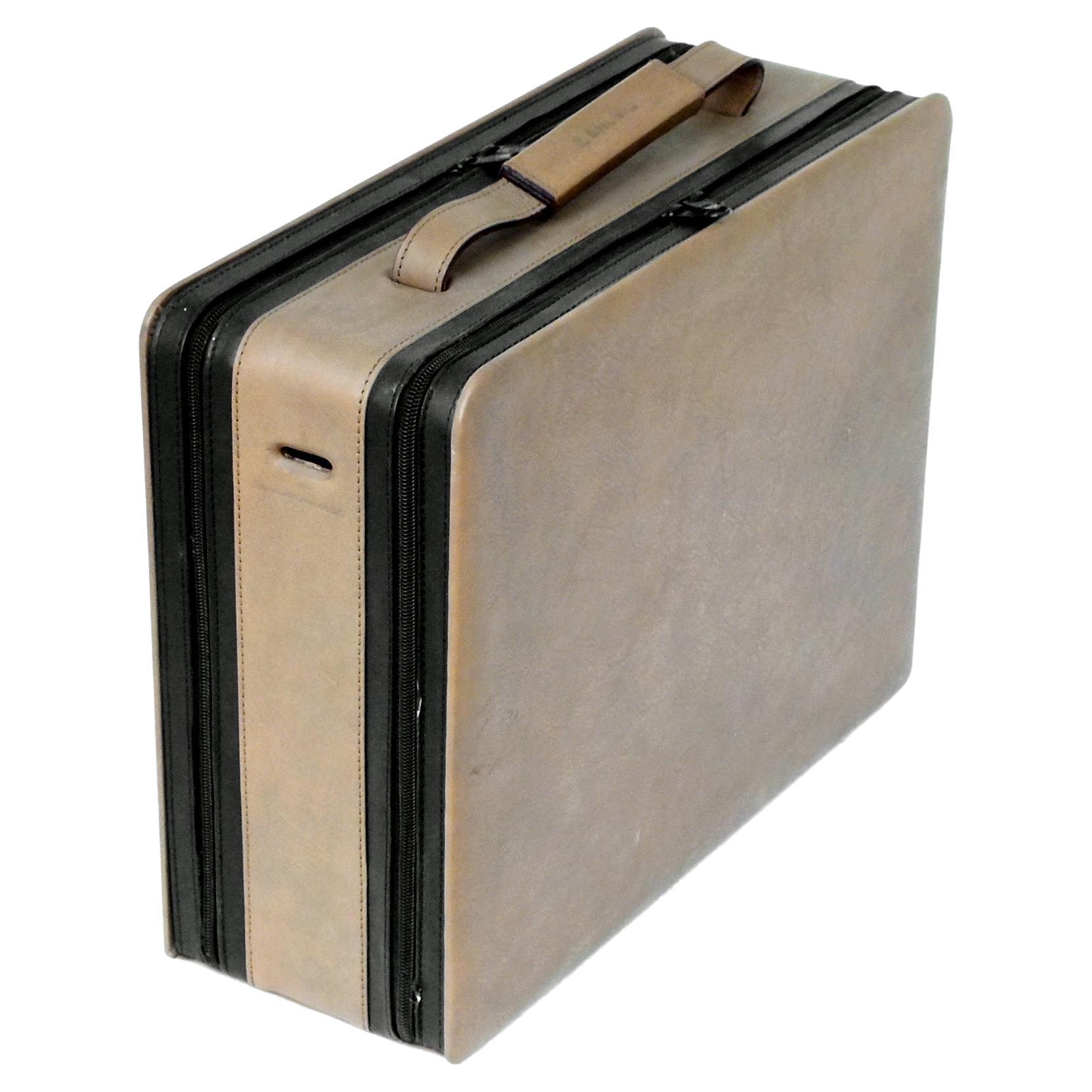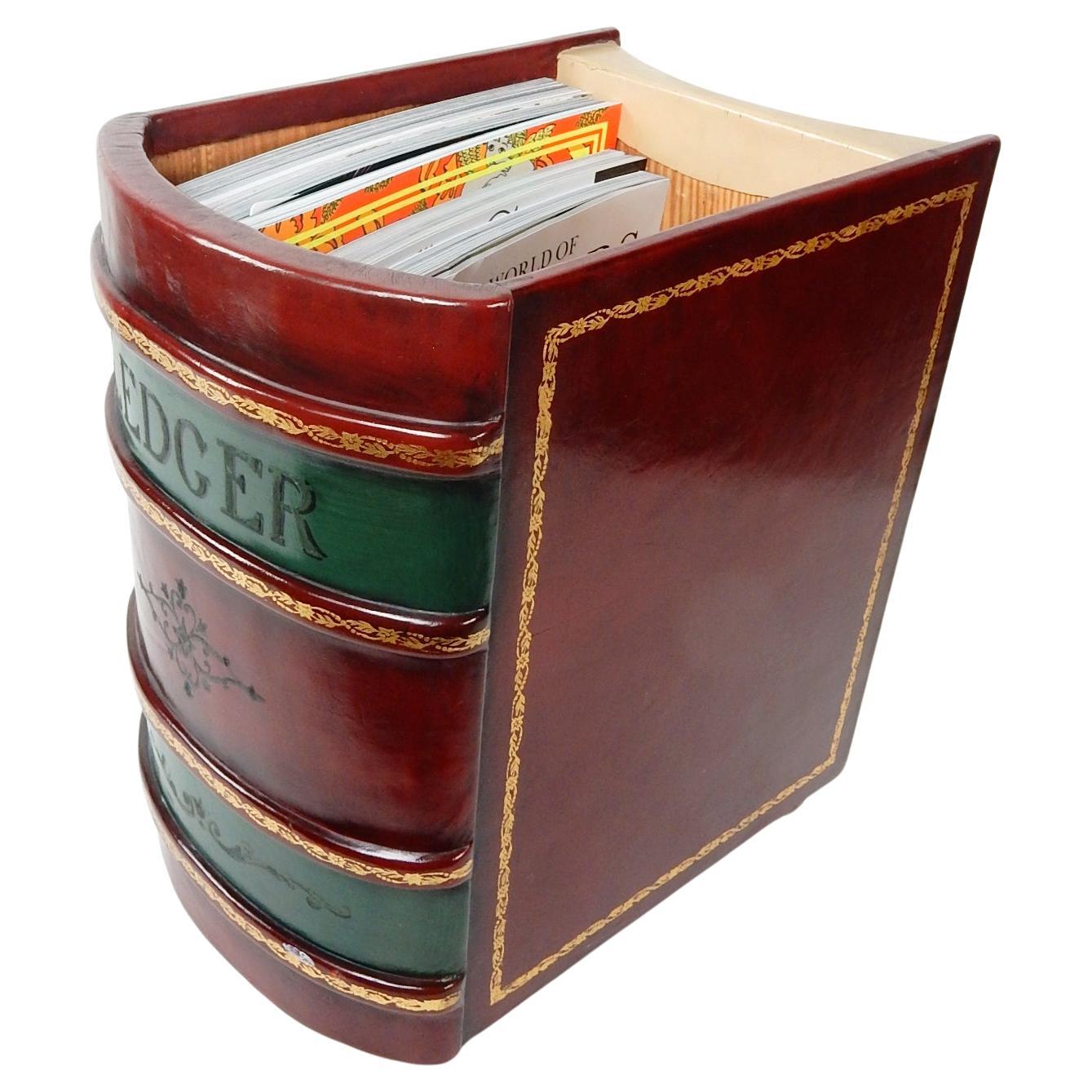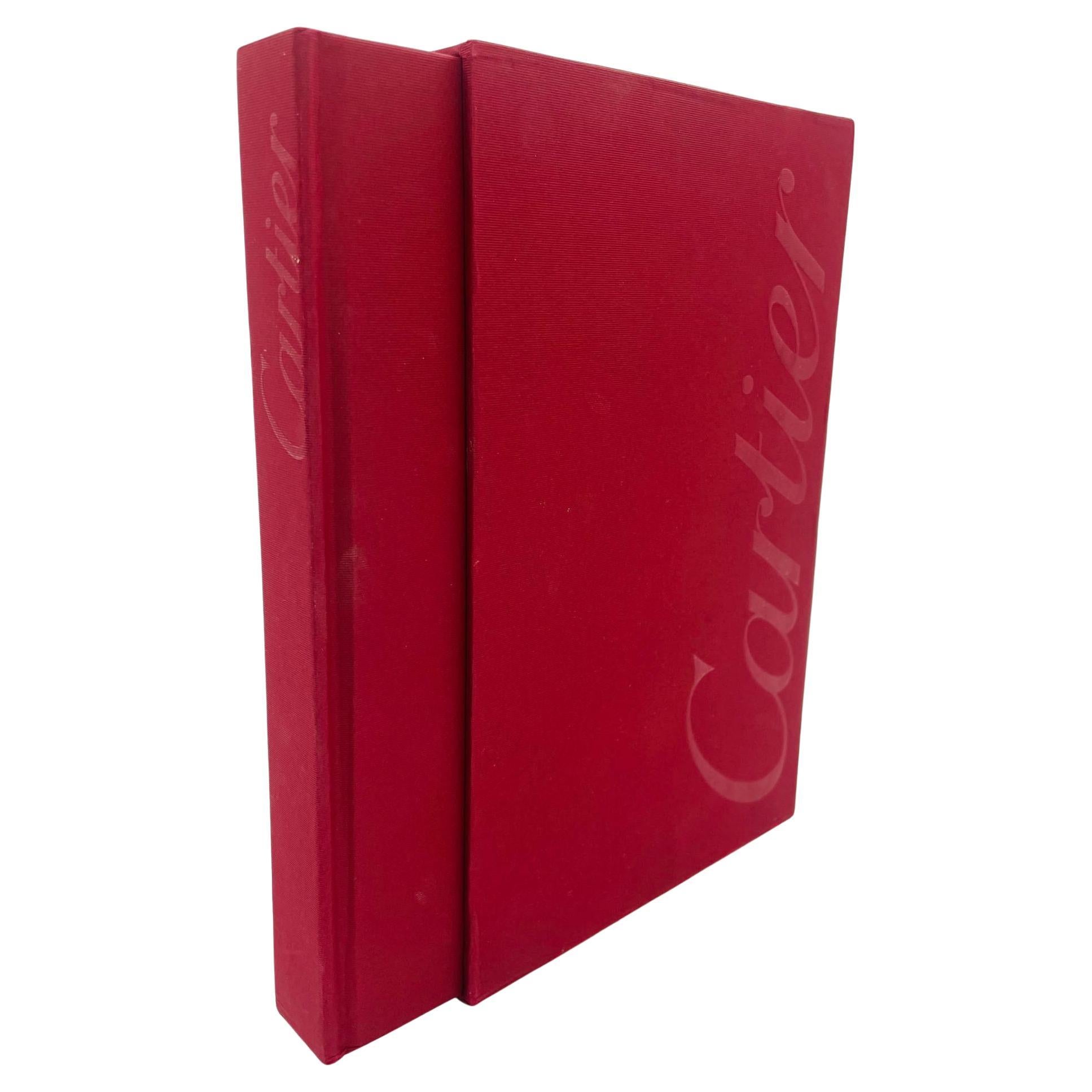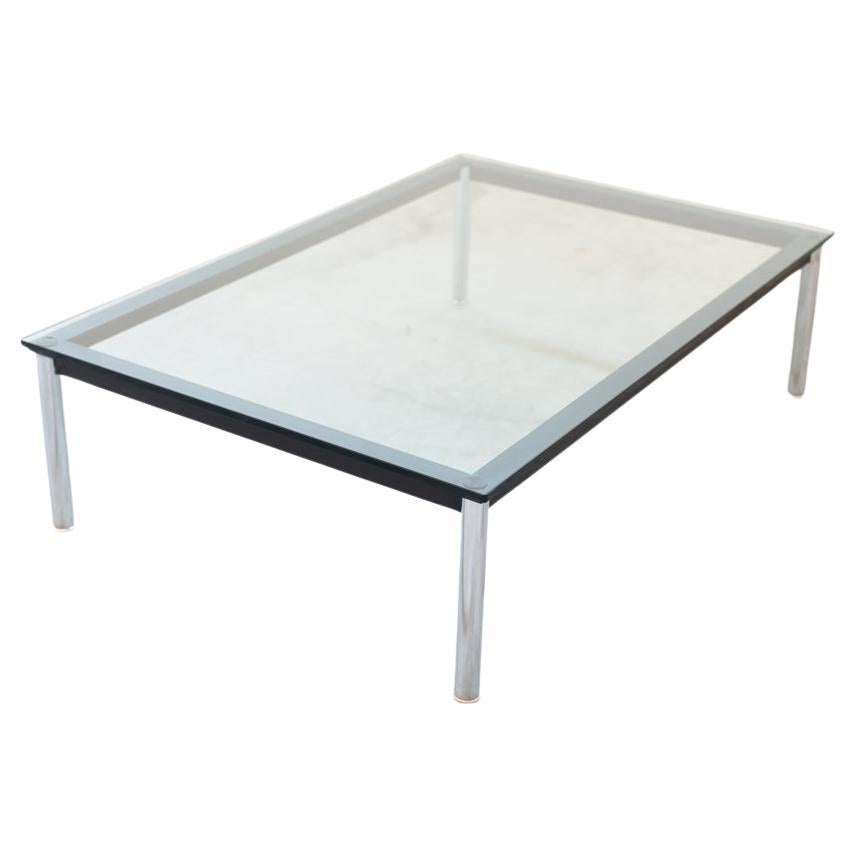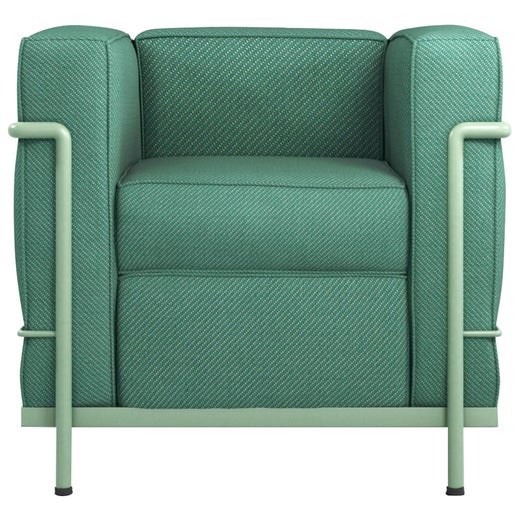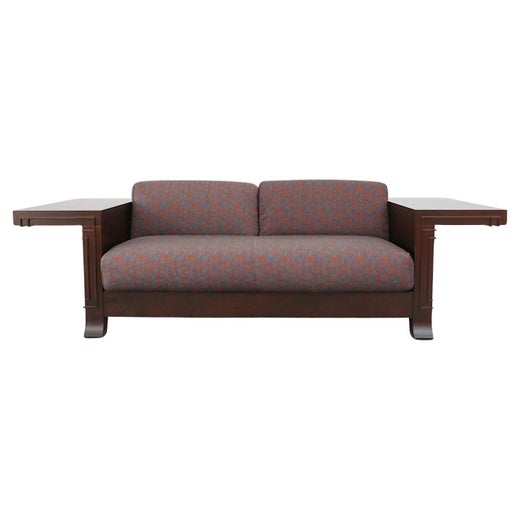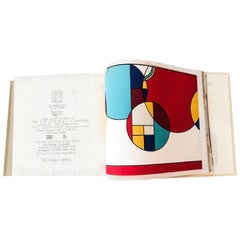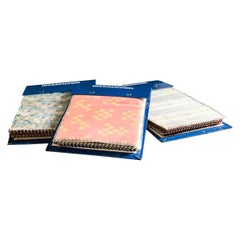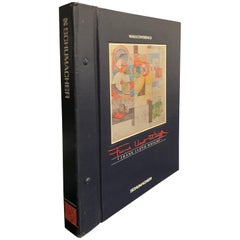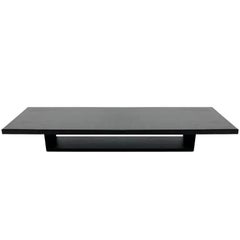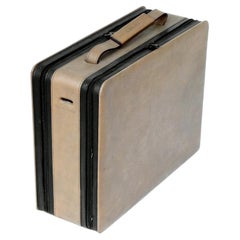Atelier International Limited & Cassina Trade Catalogue Binder, 1988
About the Item
- Creator:Cassina (Maker),Le Corbusier, Pierre Jeanneret, Charlotte Perriand Cassina (Designer),Frank Lloyd Wright (Designer),Vico Magistretti (Designer)
- Dimensions:Height: 4 in (10.16 cm)Width: 13 in (33.02 cm)Depth: 10 in (25.4 cm)
- Style:Mid-Century Modern (Of the Period)
- Materials and Techniques:
- Place of Origin:
- Period:
- Date of Manufacture:1988
- Condition:Wear consistent with age and use.
- Seller Location:Brooklyn, NY
- Reference Number:1stDibs: LU4190318262892
Le Corbusier, Pierre Jeanneret, Charlotte Perriand Cassina
The trio of Charlotte Perriand, Le Corbusier and Pierre Jeanneret is known for its widely acclaimed and influential modernist furniture designs.
In the early 1920s, Charles-Édouard Jeanneret, the revered Swiss-French architect known professionally as Le Corbusier, entered into collaboration with his cousin, Pierre Jeanneret, who shared his grand vision for egalitarian building projects and interior design. They later recruited the pioneering young female architect Charlotte Perriand to join their venture.
Perriand's installation Bar sous le toit (“bar under the roof”), a recreation of part of her own apartment shown at the 1927 Salon d’Automne in Paris, caught Le Corbusier's attention and prompted the cousins to recruit her to work at their architecture practice. She would be tasked with designing interiors and furniture. Such status was rare for a woman at the time — in fact, when Perriand sought work at Le Corbusier’s atelier mere months before the exhibition, he famously dismissed her with a sexist remark.
The collective called their shared project l’équipement d'intérieur de l’habitation (“the interior equipment of the house”), and they designed furniture that remains celebrated today. The LC series of armchairs, lounge chairs and sofas, for example, saw the designers working with tubular chrome steel and plush foam cushions upholstered in leather. Bereft of ornament and prized for its functionality, the series is currently manufactured by Cassina. The cohort's LC4 chaise lounge was displayed at the 1929 Salon d’Automne, and the spare but sculptural seat — as well as the group’s other furnishings — influenced the likes of Willy Rizzo as well as a range of other modernist designers and furniture innovators.
Reportedly owing to political differences, the trio’s collaboration ended in 1937. Le Corbusier and Pierre continued working together, primarily in architecture.
In the early 1950s, at the invitation of Indian Prime Minister Jawaharlal Nehru, Le Corbusier and his cousin collaborated on a building project in Chandigarh, India. While the Chandigarh project is most frequently associated with Le Corbusier, he didn’t actually move to India and instead monitored progress during visits to the region. Pierre, however, was extensively involved. As the project’s first chief architect, Pierre remained onsite to oversee implementation of design and to coordinate construction of schools, government housing, shopping centers and more.
In 1940, Charlotte Perriand moved to Japan after France fell to Nazi forces. She was offered a position at the Japanese Ministry of Trade and Industry as a consultant on the country’s industrial arts. While there, Perriand adopted many Japanese artistic principles and incorporated them into her own revolutionary furniture designs. She would also closely collaborate with self-taught French furniture designer Jean Prouvé in the years that followed.
Time has shown that some of the works attributed to the Jeanneret cousins are either Perriand’s own designs or she was an uncredited contributor.
On 1stDibs, find an array of vintage Charlotte Perriand, Le Corbusier and Pierre Jeanneret furniture, including tables, storage cabinets and lighting.
Frank Lloyd Wright
Without question the greatest architect the United States has ever produced, Frank Lloyd Wright and his philosophy of “organic architecture” — of buildings that exist in harmony with their natural surroundings — had a profound influence on the shape of modern life.
Wright gave us some of the most elegant and iconic buildings in America: residences such as Fallingwater, in rural Pennsylvania, the Robie House in Chicago, and Taliesin, Wright’s own home; and masterful institutional structures that include the Unity Temple in Oak Park, Illinois, the Johnson Wax headquarters in Racine, Wisconsin, and the Guggenheim Museum in New York. Whenever possible, Wright designed the furniture for his projects, to ensure an affinity between a building’s exterior and interior.
Wright’s wooden chairs and tables for his “Prairie Houses” of the early 1900s have sleek, attenuated forms, influenced by both the simplicity of traditional Japanese design and the work of Gustav Stickley and other designers of the Arts and Crafts movement.
For Taliesin and several residential projects, Wright designed severely geometric chairs that are marvels of reductivist design. He revisited many of these forms in the 1950s in furniture licensed to the North Carolina firm Henredon, adding a decorative frieze-like element to the edges of tables and stools. Owing to a cross-licensing agreement between Henredon and Heritage at the time, Wright's lines of the era are usually labeled Heritage-Henredon.
The works on 1stDibs also show how happily Wright embraced new forms and materials. His desks and chairs for Johnson Wax have a streamlined look and use tubular steel to the same effect as designer Warren McArthur, who collaborated with Wright in the interiors of the Arizona Biltmore Hotel. For the Price Tower (1956) in Oklahoma, Wright designed angular wooden desks as well as upholstered pedestal chairs made of chromed steel — audacious furniture for his tallest completed building project.
The beauty of Frank Lloyd Wright’s furniture designs is that while many of us wish we could live in one of his houses, his vintage sofas, storage cabinets and armchairs connect us directly to his architecture, and to the history he made.
- ShippingRetrieving quote...Shipping from: Brooklyn, NY
- Return Policy
More From This Seller
View AllLate 20th Century American Mission Books
Paper
Late 20th Century American Mission Books
Textile
Late 20th Century American Mission Books
Paper
20th Century Italian Minimalist Coffee and Cocktail Tables
Wood
Mid-20th Century American Mission Side Tables
Aluminum
Mid-20th Century Brazilian Mid-Century Modern Coffee and Cocktail Tables
Jacaranda
You May Also Like
Vintage 1980s Italian Modern Books
Plastic, Paper
1990s Italian Post-Modern Trunks and Luggage
Leather
Mid-20th Century Italian Federal Magazine Racks and Stands
Plywood
21st Century and Contemporary French Art Deco Books
Paper
20th Century British International Style Books
Paper
Vintage 1970s Italian End Tables
Steel

